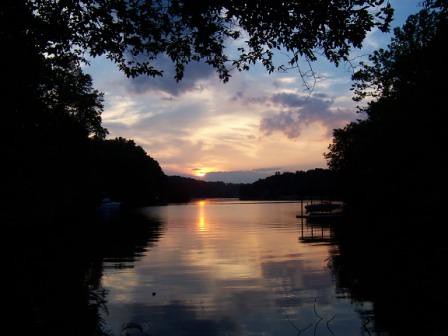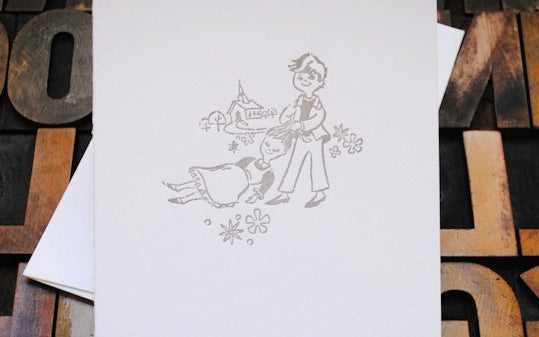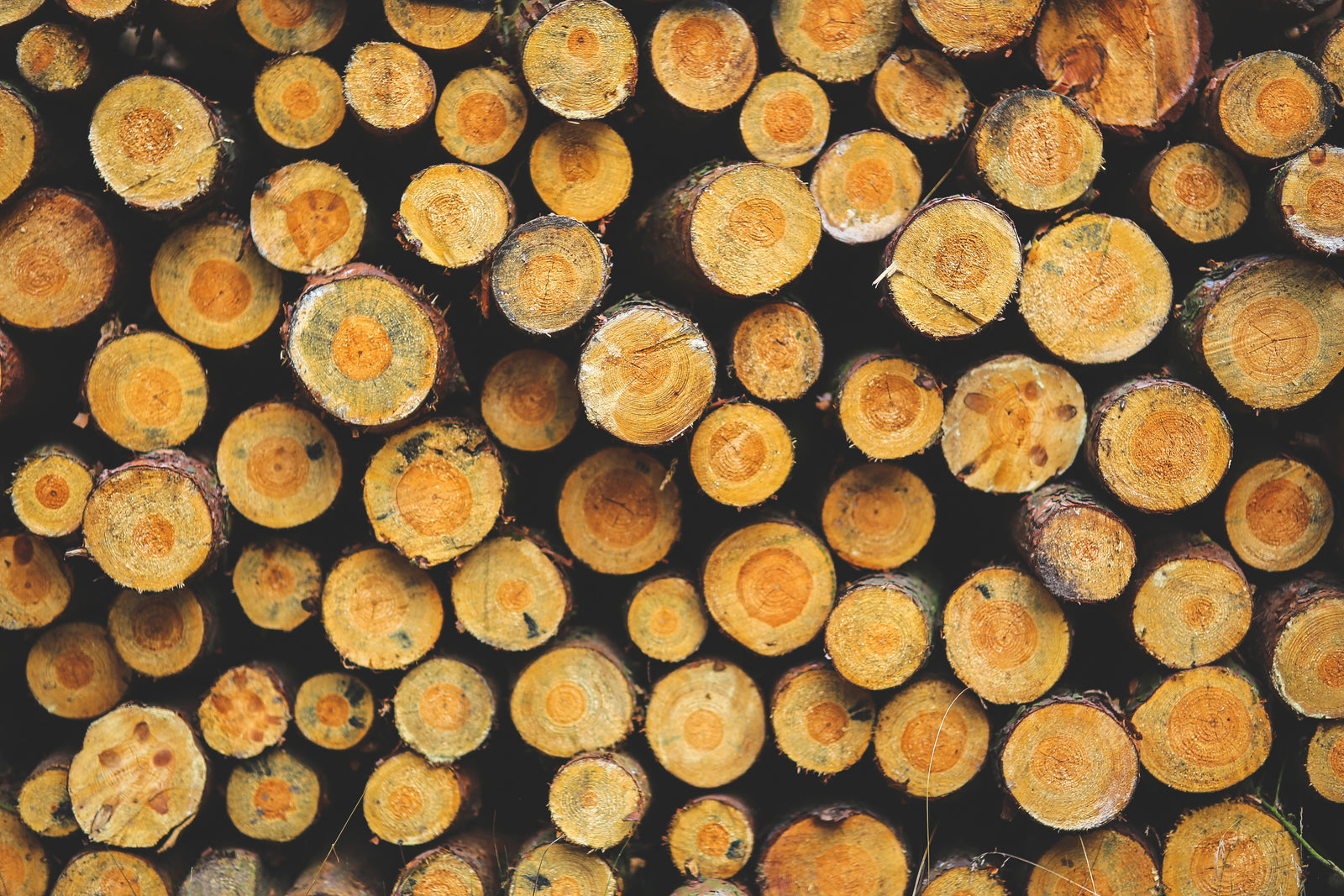FREE U.S. SHIPPING ON $65+ ORDERS.
FREE U.S. SHIPPING ON $65+ ORDERS.
Menu title
This section doesn’t currently include any content. Add content to this section using the sidebar.
Your headline
Image caption appears here
$49.00
Add your deal, information or promotional text


*
*
*
 Photo Provided by Bill Meador[/caption]
Photo Provided by Bill Meador[/caption] Vivian Tisdale played by Jane Seymour[/caption]
Vivian Tisdale played by Jane Seymour[/caption] Ed Shephard says that he lives in a "damned ghost town."[/caption]
Ed Shephard says that he lives in a "damned ghost town."[/caption] Tom Acosta, McDowell resident paints a mural, a sign of hope.[/caption]
Tom Acosta, McDowell resident paints a mural, a sign of hope.[/caption] Old Crow Medicine Show. Photo courtesy of Vince Kmeron.[/caption]
Old Crow Medicine Show. Photo courtesy of Vince Kmeron.[/caption]*
You might also like Love and a Troubled Colon
*
 Photo by Steve Alberts. Used with Permission.[/caption]
Photo by Steve Alberts. Used with Permission.[/caption]You might also like Mountain Sized Muse: A Year of Blue Ridge Paintings

Updated on December 10, 2017.
It looks like Appalachian crafters are finally getting their due. A while back, USA Today ran 10 Great Places to Shop at Craft Galleries, and not one, not two, but three of them were in the homeland.
That had me feeling big waves of pride for our region's artists, and it makes me want to tell Target, Walmart and Best Buy to lump it during the holidays. Rather than filling my loved one's stockings with mass-produced doo-dads, I decided to buck the habit, sign off of Amazon, and pick up some gifts that were made in the hills and hollers of Appalachia.
In case you want to do the same, I've added to the list of Appalachian craft stores started by USA Today. The below shops reach from Kentucky clear to North Carolina, so if you live in the Southern mountains, it should be easy to find an outlet for handmade goods near you.
If not, don't fret. Most have online stores, and there's still enough time before Christmas to have your orders shipped.
In case you're counting, this post's title says that there will be ten great places to get Appalachian crafts, and I've only listed nine. It's not because I've been swigging egg nog while writing this. (Though I have been swigging egg nog while writing this.)
I'd just like your help in naming number ten. Share the knowledge. Whether it's your church craft show, a roadside stand, or an Etsy shop, what's your favorite place to buy handmade goods from the Appalachian South?
Kentucky Artisan Center at Berea, Berea, Kentucky:USA Today says, "This center is part of the legacy of Phyllis George Brown, a former Miss America and Kentucky first lady who championed state crafts. 'Her influence was felt nationally,' [Wendy Rosen, editor of American Style magazine] says. 'Not every state can afford to build Disney World, but every state can afford to support its creative people.' She recommends the wood carvings, pottery and quilts."
Heartwood, Abingdon, Virginia: USA Today says, "Just 6 months old, this regional craft center and restaurant is convenient to Interstate 81. 'You can get something to eat and do some great shopping as well,' Rosen says. She suggests checking out the walking sticks, fiber art and furniture, which only large stores such as Heartwood have the space to carry."
Tamarack, Beckley, West Virginia:USA Today says, "This state-run craft store was one of the first to be located at a highway rest stop and helped popularize the concept. Now many states require rest-stop shops to carry locally made merchandise. 'Tamarack is one of the biggest that has been built in the last 30 years,' Rosen says. 'It has become a wonderful tourist attraction.' You'll find everything here from jams and jellies to wood-turned bowls.'"
Museum of the Cherokee Indian, Cherokee, North Carolina: Supporting the Eastern Band of the Cherokee, the museum store offers jewelry and crafts that follow native traditions, including what may be the coolest stocking stuffer ever—a mini blow gun with darts. If you're close enough to visit the museum, tickets would also make an excellent gift.
Lost River Artisans Cooperative, Lost River, West Virginia: Lost River is better described as a hamlet than a town. In spite of its size, it has a first-rate center for area artists. In one renovated barn, you can buy everything from locally made jewelry to soap, take a wood carving class, learn to knit, and bone up on the area's history in the small but thoughtfully conceived Lost River Museum.
Southern Highland Craft Guild, shops in North Carolina, Kentucky, and Tennessee: These shops are serious about Appalachian crafts. They are affiliated with the Folk Arts Center, which showcases the finest in traditional and contemporary crafts of the Southern Appalachians. Based in Asheville, the headquarters has live craft demonstrations and a museum of premiere crafts from the region alongside the oldest, continuously operating craft shop in the U.S. It dates to 1897. If you're shopping any of the six locations or online, note the wide range of mediums represented. Everything from cucumber seeds to beeswax plays a role in these local masterpieces.
Floyd Country Store, Floyd, Virginia: If you've been to Floyd on a Friday night, you already know this country store. It's the heart of the town's renowned Friday Night Jamboree, a weekly hoedown for mountain music enthusiasts. In addition to being one of the two best places to hear bluegrass (so says Country Living magazine), the Floyd Country Store also trades in locally made goods, including handmade dolls, old time toys, and oddities. Where else can you buy pie pans and hear some of the best bluegrass in the nation?
Appalachian Arts Crafts Center, Norris, Tennessee: Want to see the goods you're buying while they're still being made? Tour the studios at the Appalachian Arts Crafts Center. Quilts; pottery; and woven goods, like handbags and rugs, are made onsite and later sold in the center's gallery.
Black Dog Salvage, Roanoke, Virginia: Don't let the name fool you. Black Dog is more than a salvage yard. It has a 14,000 square foot marketplace overflowing with handmade objects and antiques. You can find a china hutch made from barn board right beside holiday cards printed on a 1913 letterpress.


 National Gingerbread House Competition at Grove Park Inn, Asheville, North Carolina
National Gingerbread House Competition at Grove Park Inn, Asheville, North Carolina The first three of them, the ones that I have read, are set in a dim Appalachia, where light never seems to rise above a twilight glow. In spite of the book's beaming title, Rash establishes this gloomy reality right off. In the book's opening paragraph, a character can see dawn shining from the other side of a ridge, but in his holler it is still dark. We are told a simple saying that was uttered by his father...
The first three of them, the ones that I have read, are set in a dim Appalachia, where light never seems to rise above a twilight glow. In spite of the book's beaming title, Rash establishes this gloomy reality right off. In the book's opening paragraph, a character can see dawn shining from the other side of a ridge, but in his holler it is still dark. We are told a simple saying that was uttered by his father... Ron Rash[/caption]
Ron Rash[/caption]*

...and get 10% off your first order!
We use cookies on our website to give you the best shopping experience. By using this site, you agree to its use of cookies.
Plus first dibs on sales, the latest stories, & heaps a'luvin from us.
